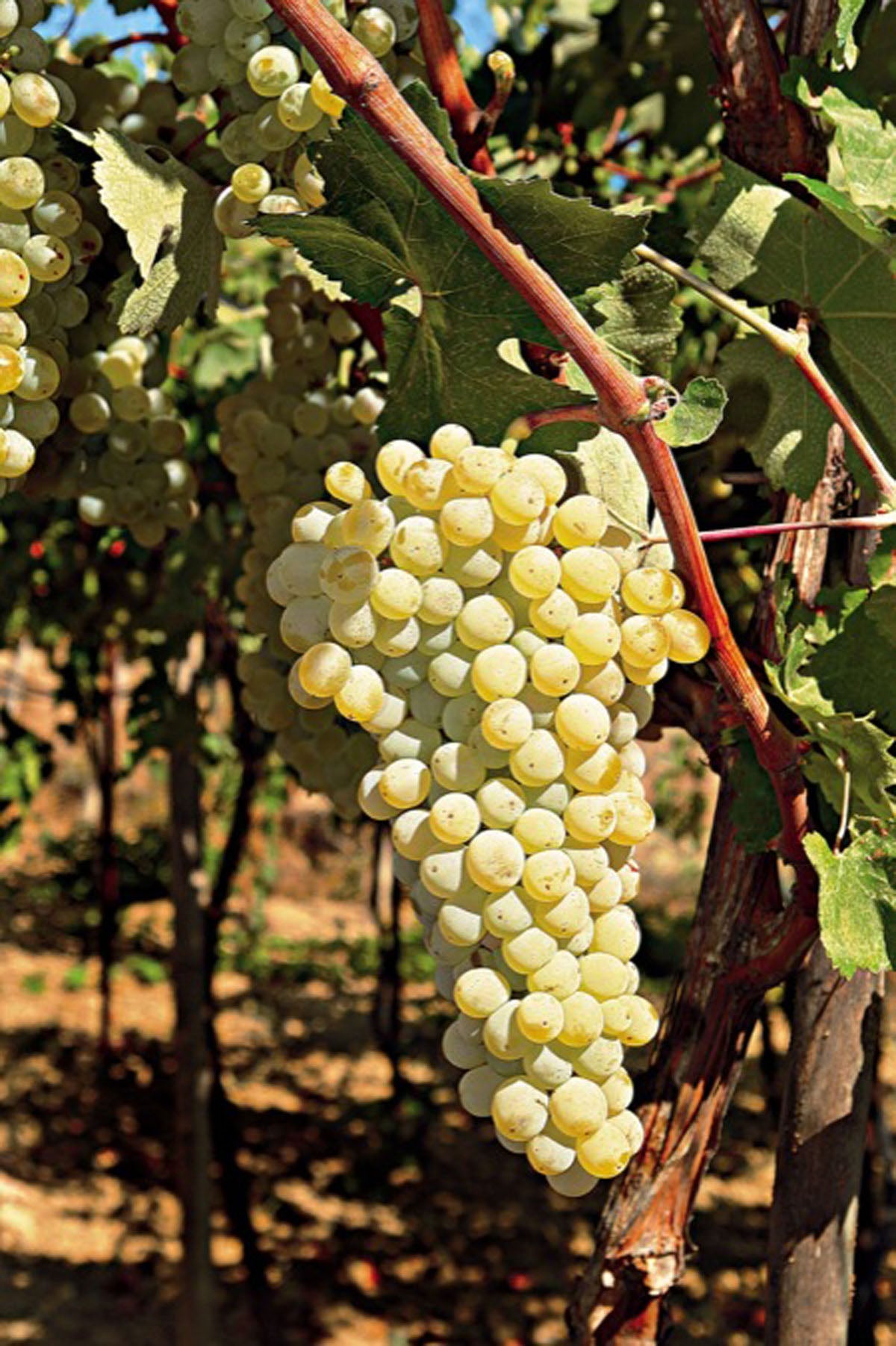Your basket is empty
Already have an account? Log in to check out faster.
Already have an account? Log in to check out faster.
The Miliarakis family has been a pillar of the Cretan wine industry for more than a century. They can trace their roots in Peza, a town just south of the island’s capital Heraklion, back to the mid 1800s with the arrival of their ancestor, Antonis Miliarakis. At this time, in the waning years of the Ottoman Empire’s control of Crete, Peza functioned as a rest stop en route to Heraklion, replete with inns and taverns welcoming travelers each night who awaited the opening of Heraklion’s gates the following morning. Antonis and his brothers operated one such establishment, Antonakis’ Inn. As the Ottoman’s lost their grip of the island, and Heraklion opened the city gates for good, business in Peza turned toward winemaking. In time, Antonakis’ Inn was also transformed into a winery.
In 1932, Iosiph Antoniou Miliarakis, alongside his brothers Minas, Mattheos, and Nikolaos, formalized the family enterprise. Together they founded Peza’s first contemporary winery and the brand Minos. The winery celebrates several firsts for Cretan wine. Minos quickly established a bulk export market in France and the United Kingdom following World War II, and in 1952, they were the first to bottle wines in Crete. They were also the first to build an aging cellar on the island, stacked with French oak barrels.
Today, third and fourth generation members of Minos, Takis Miliarakis and Maria and Nikos Miliarakis, respectively, continue their family’s legacy and many innovations to Cretan wine. Committed to Crete’s distinctive indigenous varieties, Minos proudly produces white wines from Vidiano, Vilana, Mavalzia, and Thrapsathiri, and reds from Kotsifali and Mandilari. In addition to his work at the winery, Nikos serves as President of the Wines of Crete organization, whose role is to strengthen the recognition of Cretan wines on the global market.
The southernmost region of Greece, Crete is also the fifth largest island in the Mediterranean Sea, and the country’s most populous. The long, narrow island runs about 160 miles from east to west, separating the Aegean Sea to the north from the Libyan Sea just south. Most winegrowing activity takes place on the north side of Crete. The island’s towering mountains barricade hot southerly winds gusting up from Africa, leaving preferential climes for the northern vineyards.
Winegrowing in Crete is an ancient practice, with some of the earliest archaeological evidence of wine traditions anywhere on Earth. During the Bronze Age, from roughly 3500 to 1500 BCE, Crete was inhabited by the Minoan Civilization, providing the island with a history and culture distinct from the rest of Greece. The Knossos Palace, whose ruins center what is referenced as Europe’s oldest city, contain early vessels for wine storage, alongside colorful paintings that remain vibrantly intact. Nearby, at Vathypetro, exist the remains of some of the oldest wine presses in the world. Ancient Minoan tablets well document a burgeoning wine trade in Crete, and Homer even notes Crete’s thriving export industry. Egyptian wall paintings depict the arrival of ships from Crete bearing amphorae of wine to be served at their royal court.
Over the centuries, Crete changed hands from the Dorian Greeks, to the Romans, the Byzantine Empire, and eventually the Venetians. In each circumstance, the ruling powers recognized the prominence and potential of Cretan wine, allowing the vineyard to flourish and its wines to be traded around the Mediterranean Basin. In 1669, the Ottomans conquered Crete, and while alcohol is prohibited under Islamic law, wine production never entirely ceased on the island. Today, Crete’s wine industry is experiencing another renaissance as its producers recommit themselves to their unique indigenous varieties. As Greek wine continues to reintroduce itself to the world, Crete has become a growing part of that exciting and millennia-old story.
